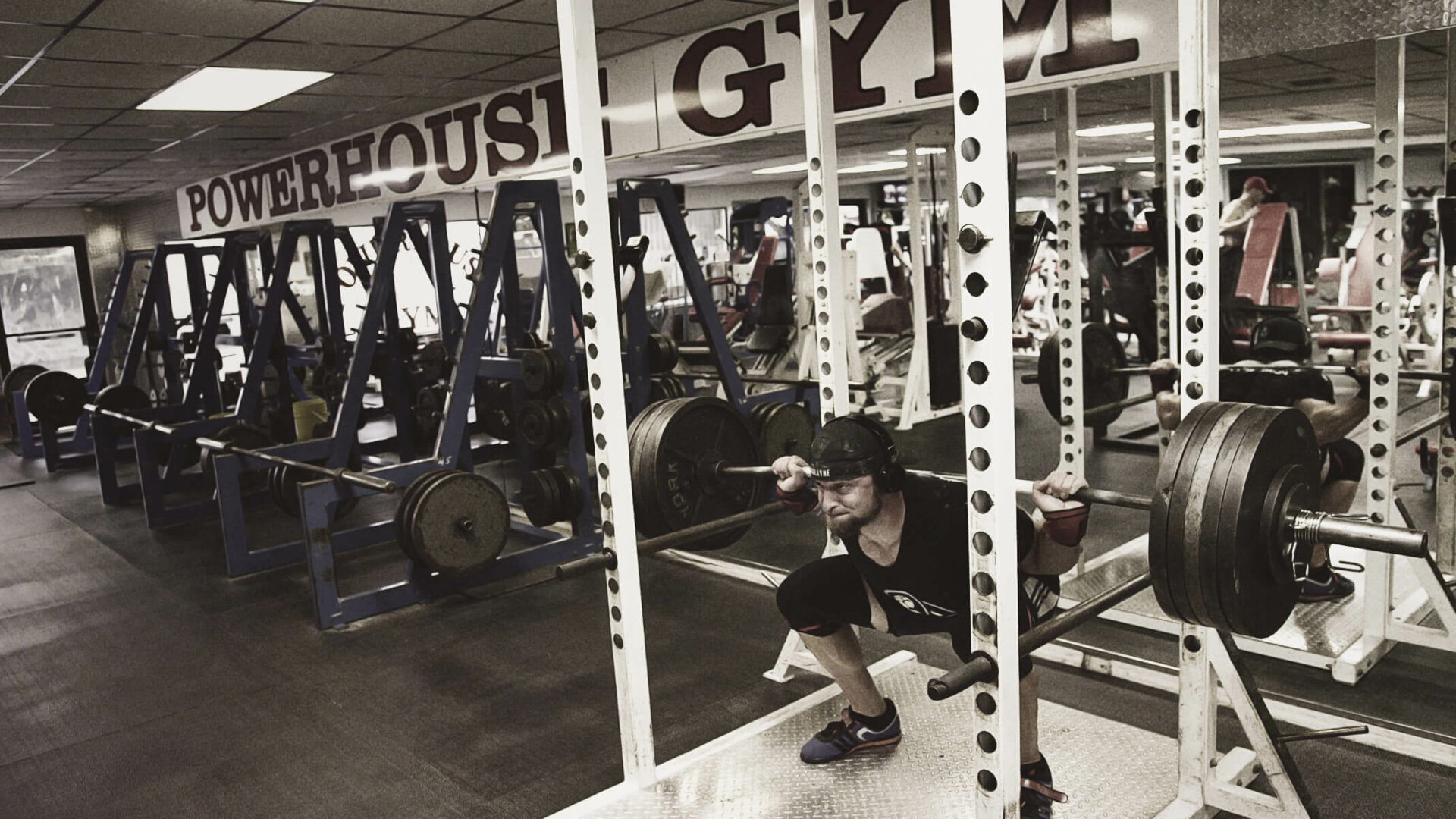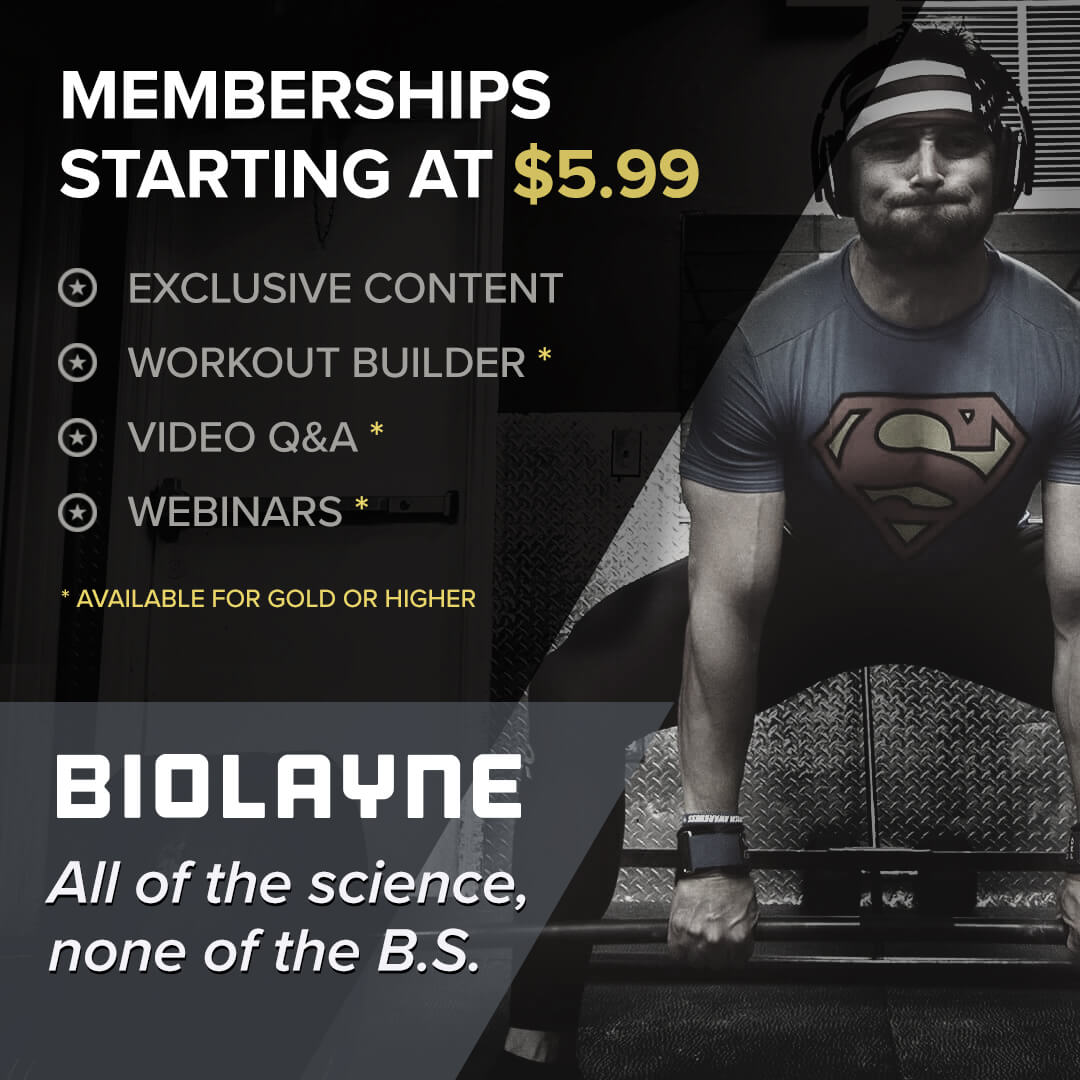Summary
There are countless focus points that can be used to optimize a squat, but it is important for coaches to provide clients with the most important and effective cues based on their current lifting technique. With the continuum I present in this article, I have identified three parameters that can be matched in two opposite poles, which simplifies the coaching process in the squat and provides two ways to change technical problems in the squat. The technical change – and thus what way to go on the continuum – should be selected depending on the client’s goal of training and body structure.
The Squat Technique Continuum
The squat is a popular exercise for both athletes and fitness enthusiasts. Its popularity is probably part of the reason why many myths (still) exist about how to perform this exercise. Everyone has an opinion on correct technique, potential harms, and benefits of the squat. In this article, I aim to clarify what I believe is an overlooked technical aspect as well as present a simple model as a guide to reach the preferred squat technique best suitable for your anatomy and goal.
In my opinion, the optimal outcome of performing the squat is achieved when the squat technique is based on your individual body structure and goal with training. As a strength coach, there are many different focus points to look for when working with a client to improve their squat. With this model, I have identified three important factors of the squat in order to simplify what the coach should look for when optimizing a client’s lifting.
By utilizing this continuum, you can quickly get an overview of possible changes in technique and choose the changes, which create most value for your client based on their goals and body structure. I have not heard of a similar model. This is a combination of the last several years of work and experience as a personal trainer and elite powerlifter.
In the last years, more and more coaches have been focusing on the fact that the length of the femur and upper body affects the lifting technique. E.g. that long femurs and short torso result in more forward lean. I think, however, there are some missing pieces in this puzzle – because several factors affect this and you can change it if you wish to. E.g. even though you have long femurs and a short torso, you can be more upright by letting your knees travel more forward. As Bret also mentions here.
This simple model does not take the variations of the acetabulum and femoral head as documented by Ryan DeBell into account and neither with regard to flexibility.
The three parameters
The three parameters that are the basis of the continuum are interrelated and influence each other. They are:
- Stance – the width of the stance
- Bar position – high bar, low bar or something in between
- Starting movement – sitting down, sitting back or combined
The point is not that there is a correct combination of parameters. If the squat looks fine, the bar travels in a vertical line straight down and up, then you do not have to match the parameters. They are just a tool in order to quickly see possible changes. The important thing is to understand that every choice you make with one of them, have some consequences for the others.
First, you must remember that the bar should always move straight line down and straight up. Second, the bar should always be above the middle of the foot throughout the lift. It is possible to achieve these two points with numerous combinations of the parameters.
To illustrate how these three parameters are interrelated and influence each other, it makes sense to understand them as opposite ends of continuum.
Two ends of a continuum
The two ends of the scale is just a hypothetical breakdown for the sake of understanding – in reality, lifting technique is obviously much more floating. The two extremes are:
- Narrow stance, high bar position, starting with the knees sitting down (e.g. olympic squat)
- Wide stance, low bar position, starting with the hip sitting back (e.g. power squat)
Adding body structure and primary muscle focus to the two extremes would look like this:
- Quadriceps dominant, short femur, long torso
- Posterior chain dominant, long femur, short torso
The easiest way to identify that one of the parameters probably do not match the other two is that the bar does not travel straight up and down. From wherever you are currently on the continuum, you can always move in two directions toward the above-mentioned extremes.
The most important thing is that you should adapt the lifting technique to your body structure or training goal. In order to adjust your technique freely as you wish, you need enough flexibility in the relevant joints.
Utilizing the continuum in practice
In order to provide a greater understanding for the implementation of the continuum, I will try to come up with some typical examples of technical challenges in the squat and show how you can always go both ways on the
continuum:
- High bar position, narrow stance, starting with hips – the lifter is trying to be upright with the torso, which results in the bar being behind the foot, which causes the torso to fall forward so that the bar comes over the middle of the foot in the bottom position. Either, the starting movement is changed to knees forward so the hips come forward and the torso thus becomes upright, causing the bar to be over the middle of the foot. Otherwise, the other two parameters are changed so that the bar is moved slightly down and/or the stance is made marginally wider. The choice between the two could be based on whether the athlete is able to let the knee travel even more forward or whether the goal is activating more posterior chain.
- High bar position, medium stance, medium start – the lifter starts with hips and knees simultaneously and the bar path is almost straight up and down, but in the bottom position the bar goes slightly forward and too much weight is now on the forefoot. Here the balance could be articulated to the client, but if the bar position is not changed, more emphasis on the heel would only result in the torso needing to lean more forward thus having a quite long lever arm due to the high bar position. Changing the bar position to medium will make the weight arm shorter and the lifter need to fight less keeping the torso upright in order to keep the bar over the middle of the foot.
- Low bar position, wide stance, starting with knees – by starting with the knees the bar will go forward and it will put extremely high demands on the lifter’s ankle mobility to sit in a deep squat with upright torso while keeping the bar over the middle of the foot. When there is no more dorsiflexion in the ankle joint, the hip will go backwards causing the torso to lean forward. Starting with the hips the lifter can choose the upper body angle through the eccentric phase and thus maintain the same torso angle up as down and avoid the change (which is probably more important than the angle itself).
The point you should take away from this article is simply: by looking at the three parameters of the squat technique continuum, you can quickly identify possible technical optimizations if you experience deviations in technique such as not having weight on the entire foot and the bar does not travel straight down and up.
There are many ways to squat and you should choose your technique based on anatomy or training goal. Also, remember that you can draw benefits from switching between different styles during your training cycles because of every variations’ own focus. Moreover, this is even without talking about factors such as foot flare (where your feet are pointing), flexibility (stiff vs. flexible), shoes (flat vs. heel), and different lifting equipment.
About The Author
Jacob Beermann is a personal trainer and elite IPF powerlifter from Denmark. He mostly works with clients who want to get stronger, be more efficient technically or who experience persistent pain. He is the owner of http://maxer.dk (in Danish) making strength training, nutrition, and knowledge about pain science more accessible for both beginners and advanced lifters.




